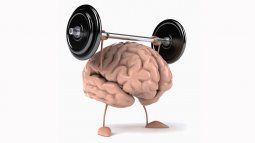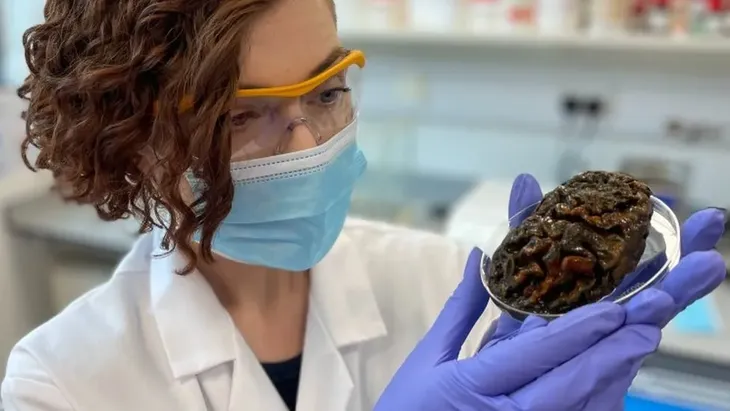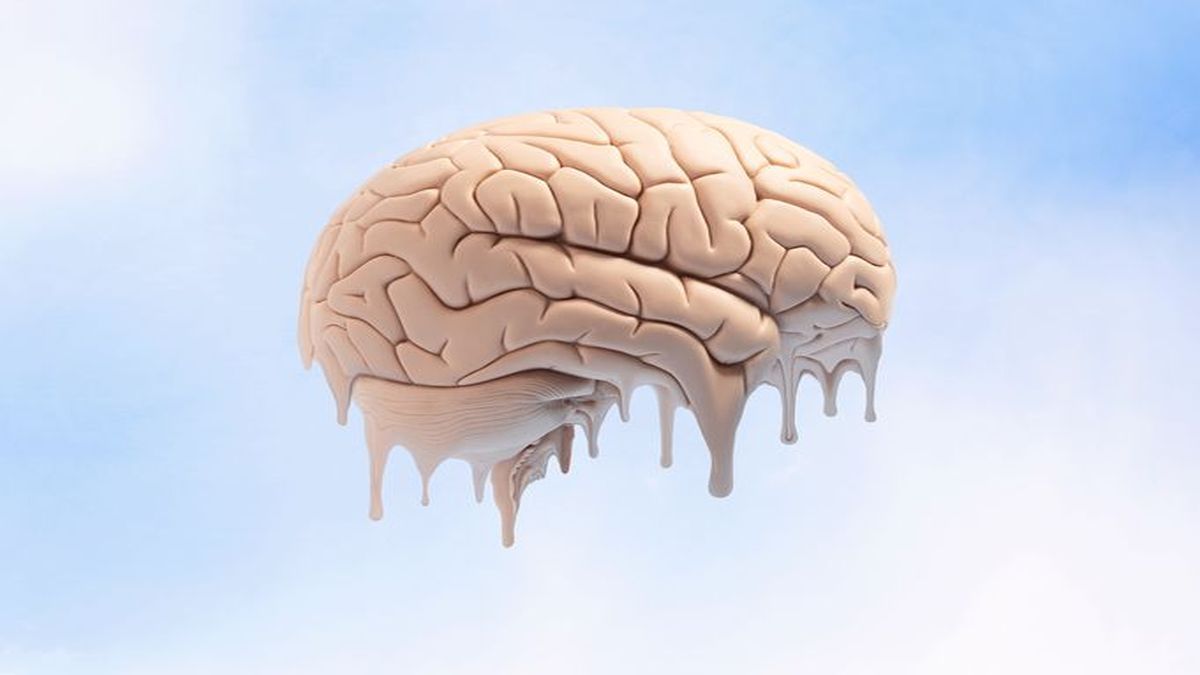The preserved ancient brains defy the laws of nature and offer a fascinating field of study.
He brain is he most complex and vital organ of the human body, and plays a fundamental role in virtually all bodily and mental functions. In turn, it is a soft tissue and one of the parts of the body that decomposes the fastest after death.
The content you want to access is exclusive to subscribers.
However, a recent study contradicts this belief. The amazing discovery of perfectly preserved brains over centuries is reliable proof that there is a way to preserve them. The forensic anthropologist Alexandra Morton-Hayward She was attracted by the research topic and together with a team of scientists they have found thousands of cases that challenge this notion.


The most surprising thing is that these ancient brains They could provide a unique window into our past. According to Morton-Hayward, the protein and DNA preservation in these brains could offer valuable information about our ancestorsyet to be discovered.
The scientific explanation for brain preservation
The investigation, led by Morton-Hayward from the Department of Earth Sciences at the University of Oxfordhas unearthed more than 4,000 human brains in more than 200 records, some with a up to 12,000 years old.
Alexandra Morton-Hayward

BBC: Alexandra Morton-Hayward, brain preserved for more than 1,000 years.
These findings, published in the prestigious scientific journal of the Royal Society of London for him Advancement of Natural Sciencereveal a rich diversity of archaeological sites ranging from the shores of lakes in Stone Age Sweden to the depths of salt mines in Iran.
Morton-Hayward’s fascination with brain preservation arose during her work at a funeral home, where she observed the various ways in which human bodies They decompose after death. This curiosity led her to explore the different conservation mechanismssuch as dehydration or saponification.
What baffles researchers most, however, are cases in which the brain is the only soft tissue that survives. This enigma has led the expert to propose the existence of a fifth conservation mechanism, still unknown, that could be related to the interaction of substances such as iron or copper with the proteins and lipids of the brain.
“Whether those circumstances are environmental or related to the unique biochemistry of the brain is the focus of our current and future work,” Morton-Hayward said. As the researcher explained, understanding these mechanisms would not only shed light on the brain preservation after death, but could also offer perspectives on the aging of this organ and neurodegenerative diseases such as dementia.
Source: Ambito
I am an author and journalist who has worked in the entertainment industry for over a decade. I currently work as a news editor at a major news website, and my focus is on covering the latest trends in entertainment. I also write occasional pieces for other outlets, and have authored two books about the entertainment industry.




